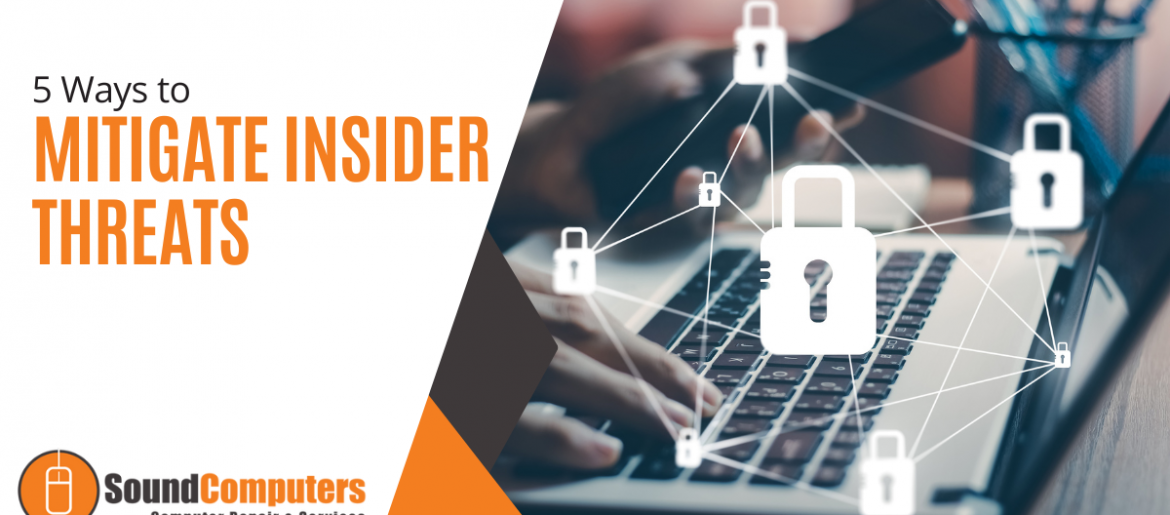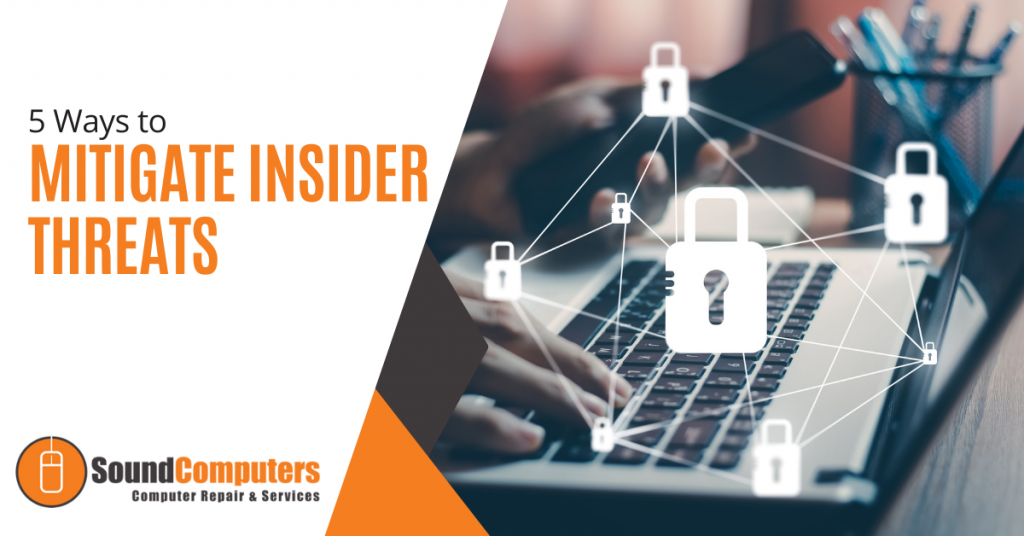

Insider Threats have been on the rise lately and companies find it hard to figure out the best security service or strategy that will thwart them. According to research, incidents associated with insider attacks had a 44% rise in the last two years. Employees contribute to about 40% of these threats with easy access to sensitive information. Business owners must deal with such incidents by wielding weapons as strong as those used against external attackers.
What Is an Insider Threat?
An insider threat is an individual who can legally access corporate networks and assets. They use that privilege to harm a company (intentionally or unknowingly). These threats might come from business partners, ex-employees, current workers or any insider with access to the company’s confidential information. They sometimes trade secrets they find on the organization’s databases and applications.
Types of Insider Threats
Insider Threats are classified based on their intents and their part in the cyber-strike.
- Pawn: Pawns have no idea of their role in a pending attack. Cybercriminals manipulate the employee by adopting one of their common strategies (usually phishing). They unintentionally expose their company’s systems to malware or unknowingly reveal sensitive information to a criminal that may be disguised as a help desk employee.
- Collaborator: A collaborator is an insider that works for your company when their loyalty lies elsewhere. Collaborators use their access to sensitive credentials in a way that will cause damage to the organization. They often work with your competitors to help disrupt your regular business activities which gives them an upper hand.
- Goof: Almost all organizations have a goof. An employee always tries to avoid following security protocols and, as a result, engages in actions that expose the company to cyber threats. Goofs are not malicious but rather arrogant or just ignorant. A large percentage of insider threats comes from this category.
- Lone Wolf: A lone wolf has malicious intentions against the company they work for and the attacks are without an external influence. Lone wolves are not manipulated or ignorant. They use their access to the company’s assets for financial and personal gain.
Why Are Insider Attacks So Dangerous?
Insider attacks are dangerous to a firm since they are hard to thwart. Security teams find it difficult to detect these threats since their enemies live among their friends. Any insider with a role in these attacks already has all they need to tap into corporate assets. Some go about their daily activities not knowing they are a threat while others with malicious intentions pretend to be regular employees. This makes it challenging to detect anomalous activity and causes a massive loss to businesses.
According to Ponemon’s research, insider threats cost a lot to manage compared to external attacks. Recently, they now take about 77 to 85 days to contain. Containments lasting more than 90 days will cost the company about $17.19 million annually.
Ways To Mitigate Insider Threats
Technical Controls
Employees’ behaviors that are deemed suspicious can be examined and discerned by companies with technical controls. Technical controls have gained popularity over the years because of their efficiency when it comes to identifying unusual behaviors. Once an abnormality is detected, the organization will be alerted.
Sync Communication Between IT Security and HR
The IT and HR departments have to work in sync to mitigate insider threats. These occurrences are usually due to inadequacies on their part. Displeased employees are sometimes sacked and their access to the company’s assets is not revoked. This is due to HR’s failure to inform IT of such a development. The ex-employees use this opportunity to vent their annoyance by stealing sensitive information or exposing the company to cyber attacks.
Once communication between IT and HR is improved, insider threats can be significantly reduced.
Give Employees Adequate Training
Another effective way to mitigate insider threats is by training employees and educating them about cyberattacks. Coach them frequently on ways to combat social phishing and other deceptive strategies. Once they are well-equipped with everything necessary, it will be hard for outsiders to manipulate or use them as pawns.
Employees can also learn to detect and report abnormal behaviors among coworkers.
Create a Threat Hunting Team
Most companies wait for an attack and then roll out remediation strategies. However, it is best to have a threat hunting team armed with the ability to find and eradicate threats before they mature. All signs of pending attacks are proactively searched for and eliminated accordingly.
Adopt User Behavior Analytics (UBA)
User Behavior Analytics uses artificial intelligence to examine, assemble and track user data. It employs different techniques to analyze and compare employees’ recent behaviors with past ones. This will help detect abnormal activity, pinpoint potential threats and accelerate their obliteration.
